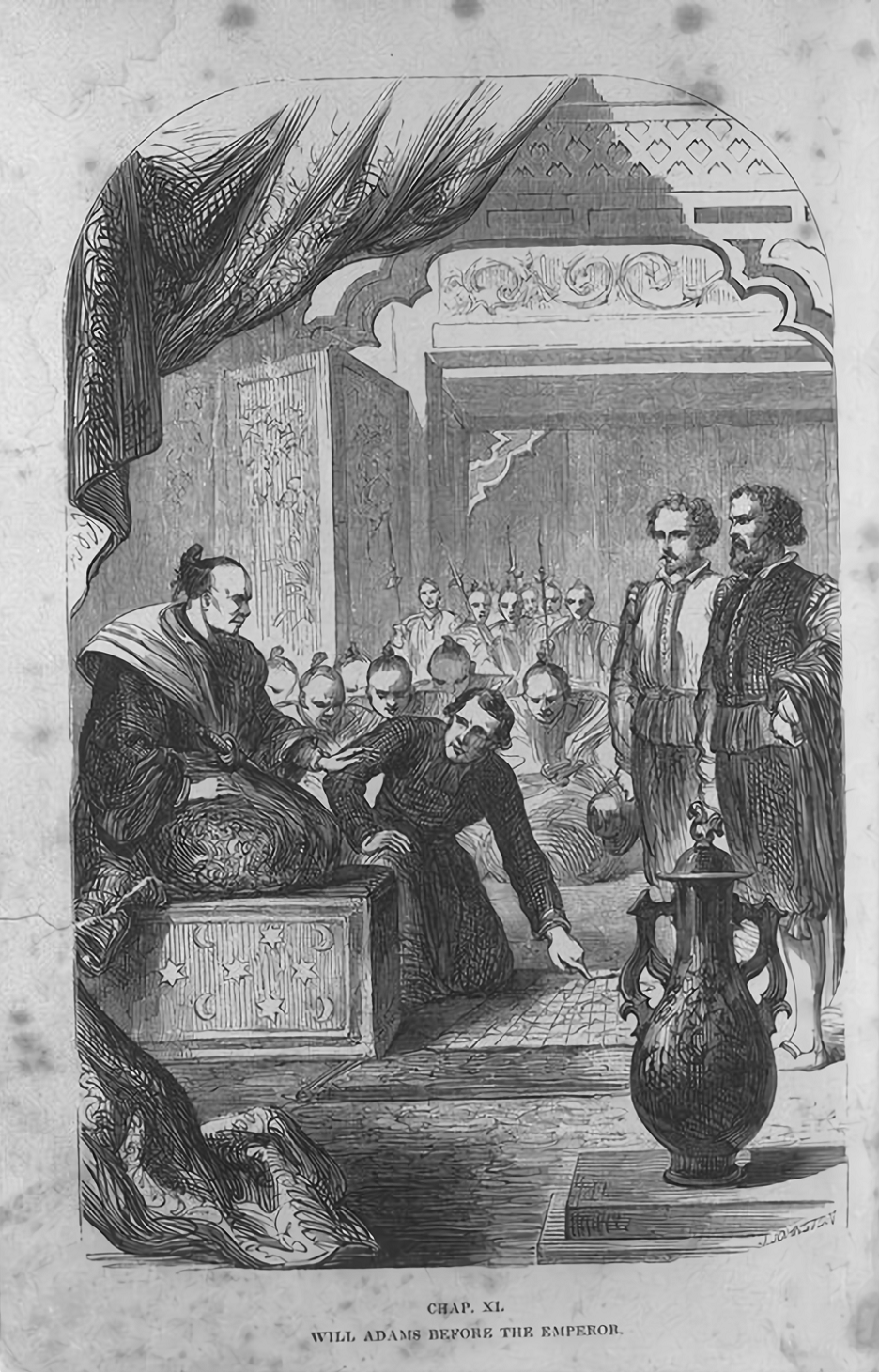Heniek
[13] Hero
The thing with terminology is that afaik in their time period they used to just call them swords. Terms like longsword and arming sword are quite new in historical time scales. We can go overly pedantic in terms of naming them but (and I know the difference between those you gave examples of) to be absolutely fair - naming Geralt's swords "longswords" shouldn't be considered a stretch at allI'm sorry Heniek, but you're wrong about that. As I said before, "longsword" is a term widely promulgated by nerd-speak arising out of pulp fantasy novels and video games. But as a factual/technical/historical matter, that term is more or less incorrect for any of the weapons of a length commiserate with those that Geralt uses: no historian, archeologist, or professional arms keeper would be likely to call any of those weapons a longsword: the tendency to call them longswords in pop culture circles only arose in the last couple of decades.
For most of the entire rest of the more than 1400 years that these weapons existed (and up until today as far as experts and sources that actually discuss and classify historical weapons are concerned) those were not "longswords": if they are designed to be wielded one-handed, they just are not best described as longswords, as a technical matter. There was some variability in the use of the term throughout history, but in terms of how they are technically classified today, as a historical and archaeological matter, "longsword" references a glass of two-handed weapon. The estoc evolved out the late middle ages variant of the arming sword (also sometimes called a knight sword), to which it is substantially similar, but with a much slimmer blade and a curved guard that was a fore-runner of the more elaborate guards that would shortly evolve when the side sword became more of a weapon of upper class dueling than a mainstay of warfare.
Just to be extra clear here:
You'll notice that Geralt has close approximations of each of those last three, but I assure you, as a technical matter, none of these is very accurately described as a longsword. that is to say, they are not called longswords by experts on middle age warfare, nor by any other source that formally describes them today. They are mostly only called longswords in fantasy games and novels, and by those people who are more familiar with such weapons through fantasy rather than an understanding of actual historical combat.
- This is a longsword, not a great sword.
- This is an arming sword, not a longsword
- This is an estoc, not a longsword
- This is a spada da lato, not a longsword
Note: I edited this to soften the tone and be a little less absolutist and strident, as I realized I was coming off as a little bit of a pedantic dick and not spending enough time discussing the intricacies of the terminology and conceding that these terms did vary somewhat via the disparate linguistic, time frame, and regional considerations. The truth is, for any of those weapons, if you look around enough in the historical record, you may very well find them referenced as a "long sword" (or something similar) in some language or another. Nevertheless, in terms of how they are classified by experts today in English, 'longsword' is reserved for a specific class of swords that evolved a long time after the arming sword and its immediate variations, whereas the common parlance nomenclature in fantasy works is to label just about any western-looking sword bigger than a gladius but smaller than a great sword as a "long sword", as a ginormous class. But that label is imprecise and overbroad when used in that manner.
It's not his deffault sword but length should stay the same. Considering the proportions and overall elements of this weapon I would still call it a longsword. It would fall on shorter end of spectrum I'll give you that but it's still way over a meter long.
There is also a matter of how those look in the Witcher games and on official artworks like this
With that kind of handle and crossguard we're most likely talking longswords
(Funny thing tho - I looked up and it seems that in the novels he was actually using one-handed swords)
But if I'm still wrong then feel free to correct me. I like to learn new things and don't mind it (quite the contrary)
Also don't mind the tone. You definitely know quite a bit about the topic while I'm just tad more than casually acquainted with it
Just to add unto the fantasy things - I remember how awfuly wrong was it depicted in Baldur's Gate. Shortsword was for something like Gladius to which I could agree but then they would call Arming Sword as a longsword whereas I think they wanted to make actual longswords into bastard sword (ugh...). But it gottena bit better with time I think
Last edited:


 in SC VII base roster or some souls will burning for ever in hell.
in SC VII base roster or some souls will burning for ever in hell. and
and  , no doubts.
, no doubts.  , maybe.
, maybe.
